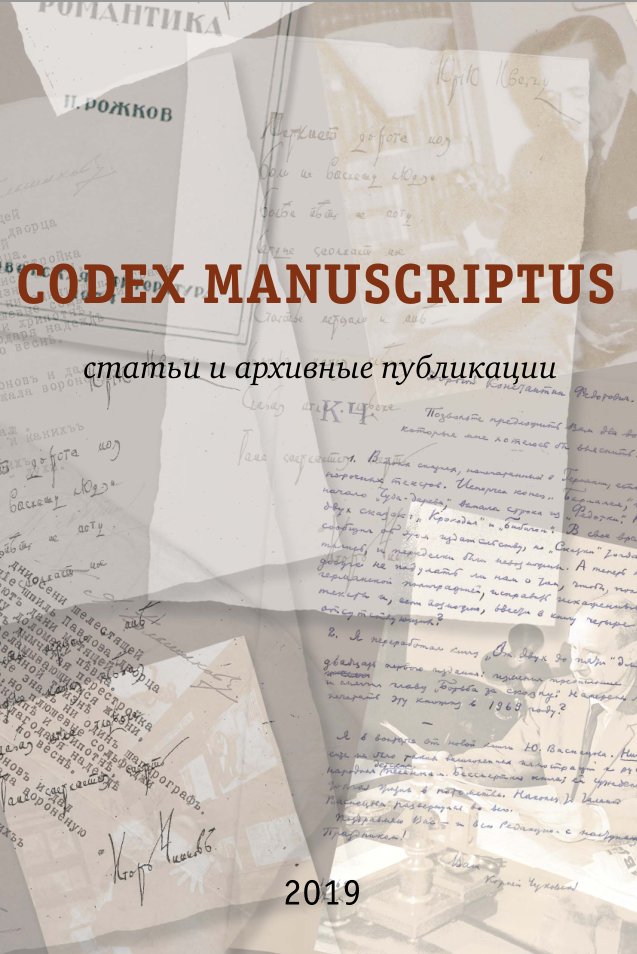Abstract:
In “Eleazar”, as already in “Zhizn’ Vasiliia Fiveiskogo,” L. Andreev tackles the miracle of the resurrection. He subverts the biblical myth: the resurrection is not the return to life after death, but the invasion of life by death. Jesus is absent from the story. The resurrection is shown as a biological phenomenon. Andreev changes the timeline of the gospel script. In the Gospel of John there are two landmarks: the death of Lazarus and his resurrection, but the interval between them is empty. In Andreev’s story, there are three landmarks: Eleazar’s first death, his resurrection and his second death. Andreev is especially interested in the two intervals delimited by these markers: Eleazar’s stay in the tomb and his life after his resurrection. These two periods tend to be equivalent: the resurrected is simply someone who “has been dead.” Eleazar looks like a corpse. The text is suitable for a “Nietzschean” reading. What matters is whether readers will be able to bear the story, which shakes the foundations of Christian culture. Those who support it will appear as “revolutionaries”; the others, as “petty bourgeois.” We sense in “Eleazar” a fascination for death, for Nothingness, for emptiness, which has no relation to the subversion of the founding myths. The experience of Nothingness, a major invariant in Andreev’s work, is expressed in “Eleazar” in a more developed way than in his other works. One can see in the Gospel subject a material (in the sense of Tynyanov) deformed by the constructive principle (idem) of anguish. The text is transformed into an incantation, the repetitions play a key stylistic role. Narrative prose tends towards poetry.






